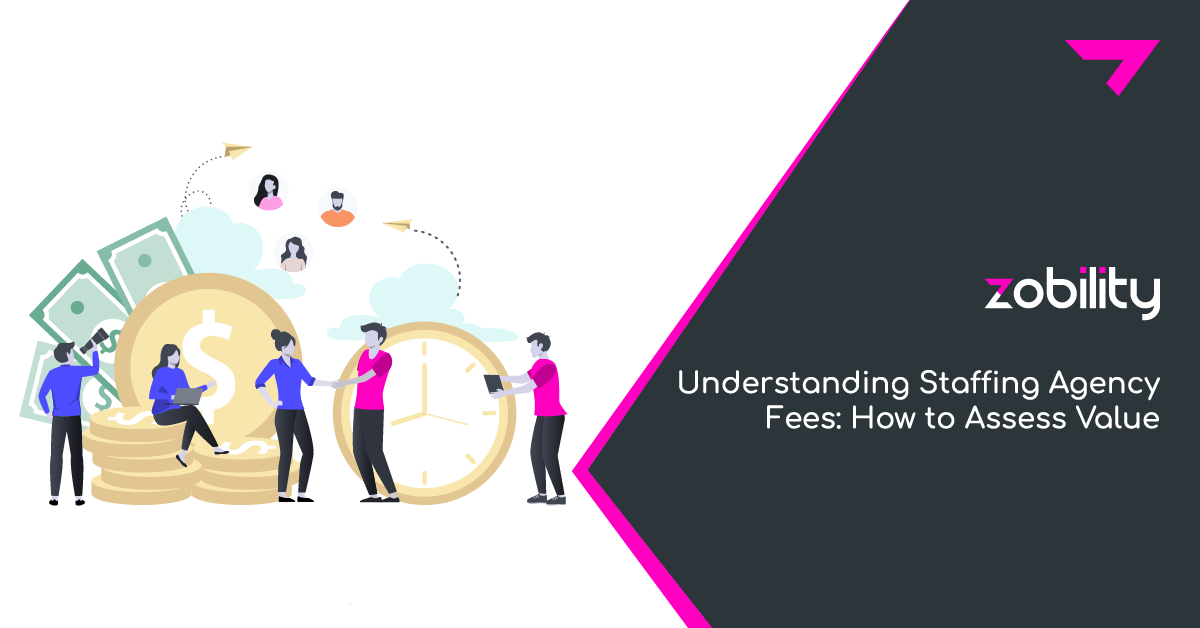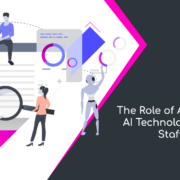Selecting a third-party staffing agency can significantly streamline your recruiting and hiring process, saving your company both time and resources. Understanding the fee structures and assessing the value of these services is important to making an informed decision. Here, we’ll explore the different fee structures used by staffing agencies, including contingency, retainer, and project-based fees, and provide guidance on how to weigh the value of each relative to your company’s needs.
Contingency Fees
Contingency fees are one of the most common fee structures used by staffing agencies. Under this arrangement, the agency only gets paid if they successfully place a candidate in your company. Typically the agency charges a fee that is a percentage of the new hire’s first-year salary, typically ranging from 10% to 30%.
Pros:
- No upfront payments – you pay only when a candidate is successfully placed, which can minimize financial risk.
- Performance-based – the agency is motivated to find the best candidates quickly, as they only get paid upon successful placement.
Cons:
- Higher fees – the overall payment can be higher compared to other fee structures.
- Less commitment – agencies might prioritize clients with higher fees or easier placements.
Retainer Fees
Retainer fees are paid upfront to secure staffing services, regardless of whether a candidate is placed. This structure is typically used for executive or high-level positions and involves a partial payment at the start of the search, with the remainder paid upon successful placement.
Pros:
- Dedicated service – agencies are committed to filling the position, often dedicating more resources and time to the search.
- Quality focus – with guaranteed payment, agencies can focus more on finding the perfect match rather than the speed of placement.
Cons:
- Upfront investment – high upfront costs might not be ideal for all companies.
- Financial risk – if the agency fails to find a suitable candidate, you may end up paying for no results.
Project-Based Fees
Project-based fees involve a fixed cost for a specific hiring project, such as a large-scale recruitment drive or seasonal hiring needs. Staffing agencies often use this structure for temporary or contract positions and cover the entire scope of the recruitment process for a set period or project.
Pros:
- Predictable payments – knowing the exact fee upfront helps with budgeting and financial planning.
- Tailored solutions – this structure is ideal for large-scale or specialized hiring needs.
Cons:
- Scope limitation – this fee structure may not be suitable for ongoing or indefinite hiring needs.
- Risk of overpaying – If the agency completes the project quickly, you might feel you’re not getting value for your money.
Assessing Value
To assess the value of a staffing agency’s fees, consider the following factors:
1. Hiring volume
To begin with, determine your hiring needs, such as the type of roles you need to fill, the urgency of hiring, and the level of expertise required. For high-stakes roles, a retainer fee might be justified, while contingency fees could be better for more general positions.
2. Compare proposals
Get RFPs from multiple agencies outlining their fee structures, services provided, and success rates. This will help you compare costs and service quality side-by-side.
3. Agency performance
Research the agency’s track record. For instance, a higher fee might be justified if the agency consistently delivers top-quality candidates quickly.
4. Time sensitivity
If you need to fill positions urgently, retainer or project-based fees might be more effective, as they often ensure higher commitment and faster results from the agency.
5. Budget considerations
Align the fee structure with your budget. Contingency fees are risk-free upfront but can become expensive. Conversely, retainer and project-based fees offer more predictable budgeting.
6. Long-term partnership
Consider the potential for a long-term relationship. Agencies offering flexible, customized fee structures can adapt to your evolving needs, providing better long-term value.
Conclusion
Understanding the various staffing agency fee structures and how they align with your company’s unique hiring needs is key for maximizing the value of these services. Contingency fees offer a performance-based, low-risk option ideal for general positions, while retainer feesd provide dedicated, quality-focused service for executive-level roles. Project-based fees cater to large-scale hiring projects with predictable costs. By thoroughly assessing factors such as hiring volume, agency performance metrics, budget constraints, and the potential for a long-term partnership, you can determine what best fits your recruitment needs.
About Zobility
Zobility, an RGBSI brand, focuses on providing innovative talent management solutions within the mobility and high-technology sectors. A range of our services include staff augmentation, managed service provider (MSP), vendor management (VMS), recruitment process outsourcing (RPO), and payroll administration.
Learn more about Talent Management Solutions
Download Talent Management Solutions Booklet
Follow us on LinkedIn







